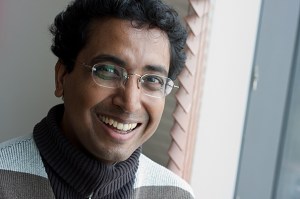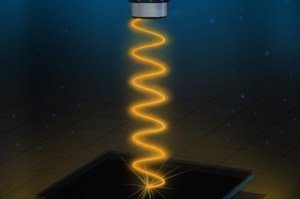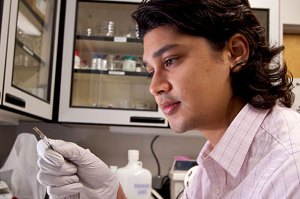Tag: Applied Physics
-
Science & Tech
Keys to a split-second slime attack
Researchers from the Harvard School of Engineering and Applied Sciences and from universities in Chile, Costa Rica, and Brazil have been studying the secret power of the velvet worm.
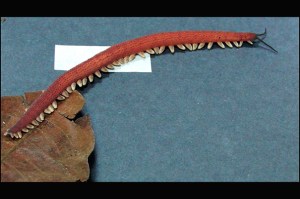
-
Science & Tech
Crafting ultrathin color coatings
In Harvard’s high-tech cleanroom, applied physicists produce vivid optical effects — on paper.
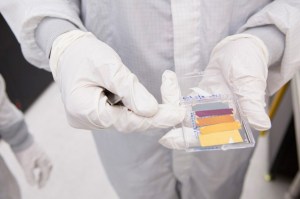
-
Science & Tech
MRI, on a molecular scale
A team of scientists led by Professor of Physics and of Applied Physics Amir Yacoby has developed a magnetic resonance imaging (MRI) system that can produce nanoscale images, and may one day allow researchers to peer into the atomic structure of individual molecules.
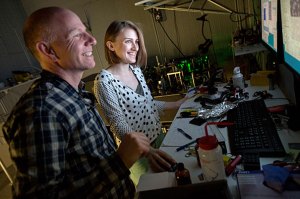
-
Science & Tech
Where students own their education
The class Applied Physics 50 is grounded in a teaching philosophy that banishes lectures and encourages hands-on exploration, presenting a collection of best practices gleaned from decades of teaching experience and studious visits to college physics classrooms nationwide.
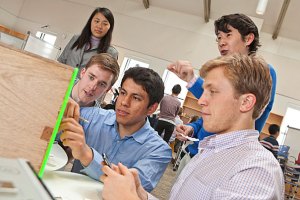
-
Science & Tech
Advancing science and technology
The National Science Foundation is awarding grants to create three new science and technology centers this year, with two of them based in Cambridge. The two multi-institutional grants total $45 million over five years.

-
Science & Tech
Seeing depth through a single lens
Researchers at the Harvard School of Engineering and Applied Sciences have developed a way for photographers and microscopists to create a 3-D image through a single lens, without moving the camera.
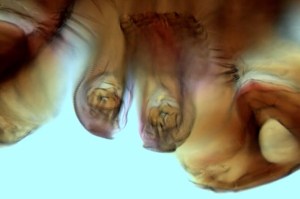
-
Campus & Community
New professor for SEAS, Wyss
Jennifer A. Lewis, an internationally recognized leader in 3-D printing and biomimetic materials, has been appointed as the first Hansjörg Wyss Professor of Biologically Inspired Engineering at the Harvard School of Engineering and Applied Sciences and as a core faculty member of the Wyss Institute for Biologically Inspired Engineering at Harvard University.
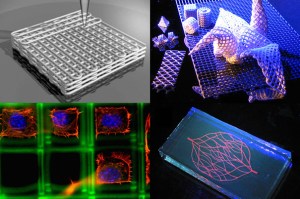
-
Science & Tech
Applied physics as art
Harvard researchers spray-paint ultrathin coatings that change color with only a few atoms’ difference in thickness.
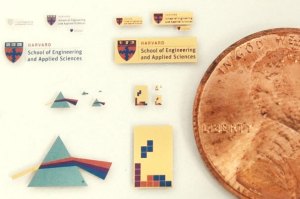
-
Science & Tech
Needle beam stays on point
A Harvard-led team of researchers has demonstrated a new type of light beam that propagates without spreading outward, remaining very narrow and controlled along an unprecedented distance. It could greatly reduce signal loss for on-chip optical systems and may eventually assist the development of a more powerful class of microprocessors.
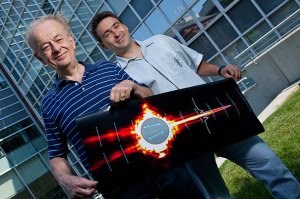
-
Science & Tech
Clues in the cucumber’s climb
Harvard researchers, captivated by a strange coiling behavior in the grasping tendrils of the cucumber plant, have characterized a new type of spring that is soft when pulled gently and stiff when pulled strongly.
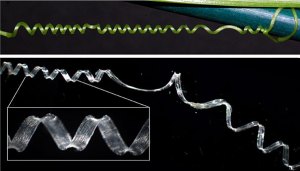
-
Science & Tech
Rethinking mitosis
The mitotic spindle, an apparatus that segregates chromosomes during cell division, may be more complex than the standard textbook picture suggests, according to researchers at the Harvard School of Engineering and Applied Sciences.

-
Science & Tech
‘Warming hole’ delayed climate change
Climate scientists at the Harvard School of Engineering and Applied Sciences (SEAS) have discovered that particulate pollution in the late 20th century created a “warming hole” over the eastern United States — that is, a cold patch where the effects of global warming were temporarily obscured.

-
Campus & Community
SEAS student awarded fellowship
Emily Gardel, a Ph.D. candidate in applied physics at the Harvard School of Engineering and Applied Sciences (SEAS), has been awarded a three-year Department of Energy Office of Science Graduate Fellowship.

-
Health
Light maps neurons’ effects
Scientists come up with method to track neurons as they interact with each other.
